Addressing the complex exposome profile in hormone-dependent cancers of the breast and prostate and its influence on tumoral genome
- Detalii
- Accesări: 6407
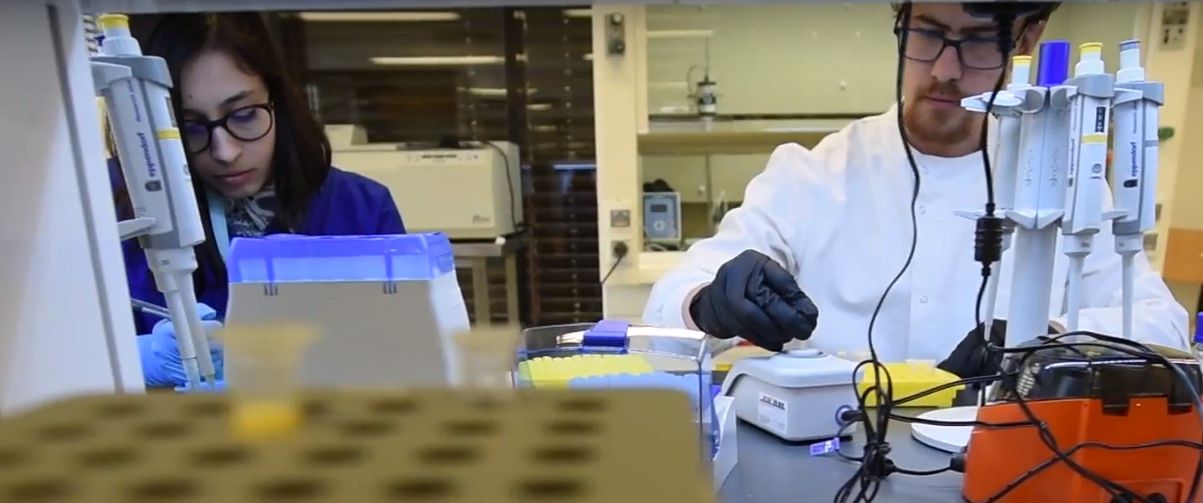
Project Title: Addressing the complex exposome profile in hormone-dependent cancers of the breast and prostate and its influence on tumoral genome
Project Acronym: ACHILLE
Final Registration Code: PN-III-P4-ID-PCE-2016-0795
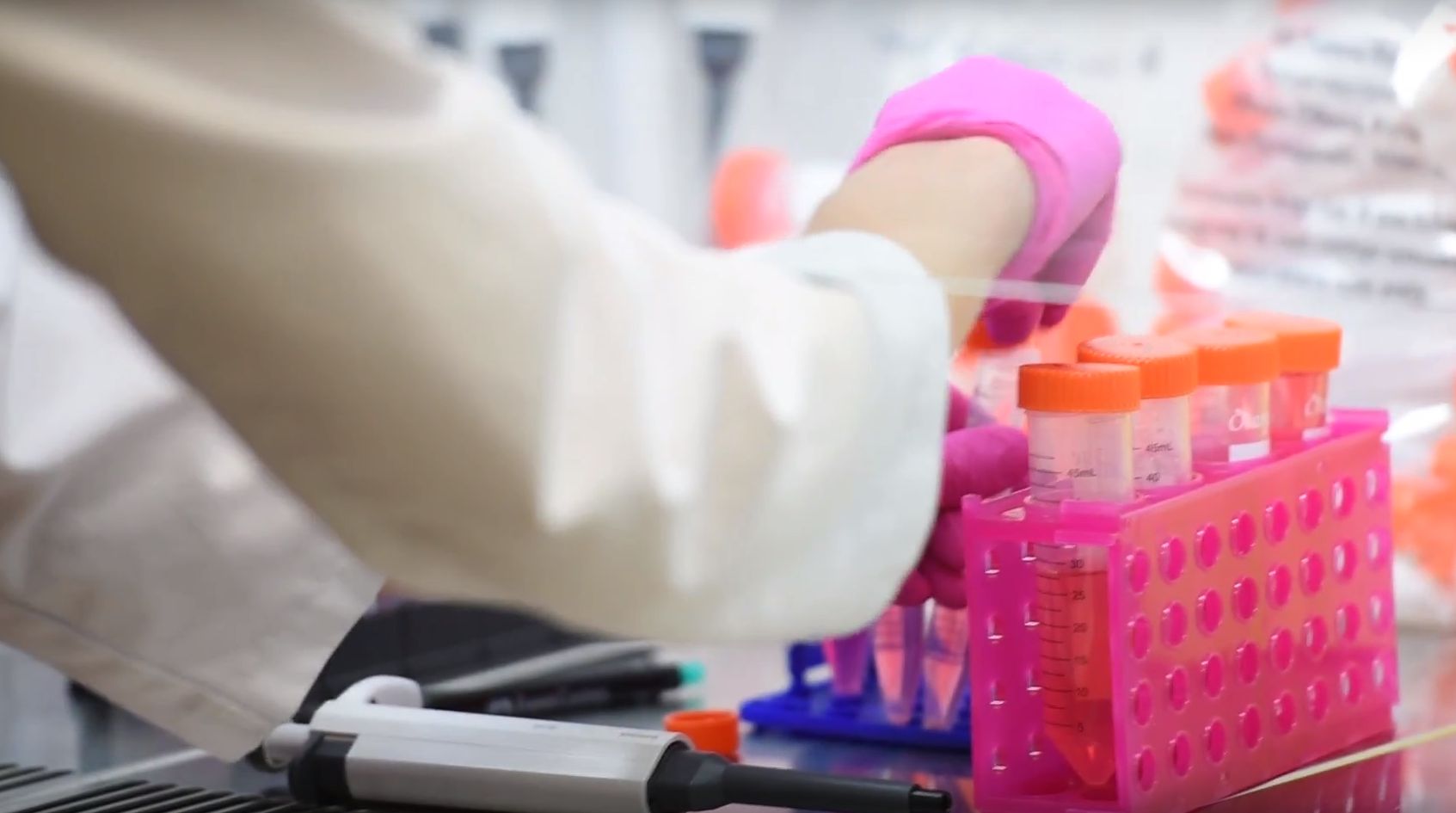
Project Executive Summary: Nowadays, it is generally accepted that cancer is promoted by the presence of certain environmental factors defined globally as exposome, affecting our health status in a negative manner. The carcinogenic mechanism consists in the synergetic action of genetic factors and exposome related factors. The hormone-depended cancers of breast and prostate continue to represents a major public health problem, whose evolution and outcome is affected by the exposome.
MicroRNAs (miRNAs) are presented as potential exposome related biomarkers. MiRNAs are short sequences of about 21 nucleotides that do not encode proteins. They regulate the expression of genes. The microRNAs are present in human plasma and tissues, interfering with various endogenous molecular pathways.
Presently, there is a gap in the knowledge concerning the association between exposome and cancer risk in the case of breast and prostate cancer in Romania. The same situation is also present at a global scale. Our project is focused on the identification and integration of exposome related miRNA signature patterns as biomarkers for exposome aggressiveness, to predict the genotoxic risk for healthy individuals and to identify different molecular subtypes for these two hormone-dependent cancers (breast and prostate). Therefore, in the context of precision medicine, we intent to characterize specific risk factors related to hormone dependency, based on the miRNA genomic and transcriptomic background and correlate it with the environmental exposure. We then want to transform this integrated signature in a new panel of markers with diagnostic and prognostic value for personalized guidance.
Project Duration: 30 months
Total Funding Requested: 222.222,22 EUR
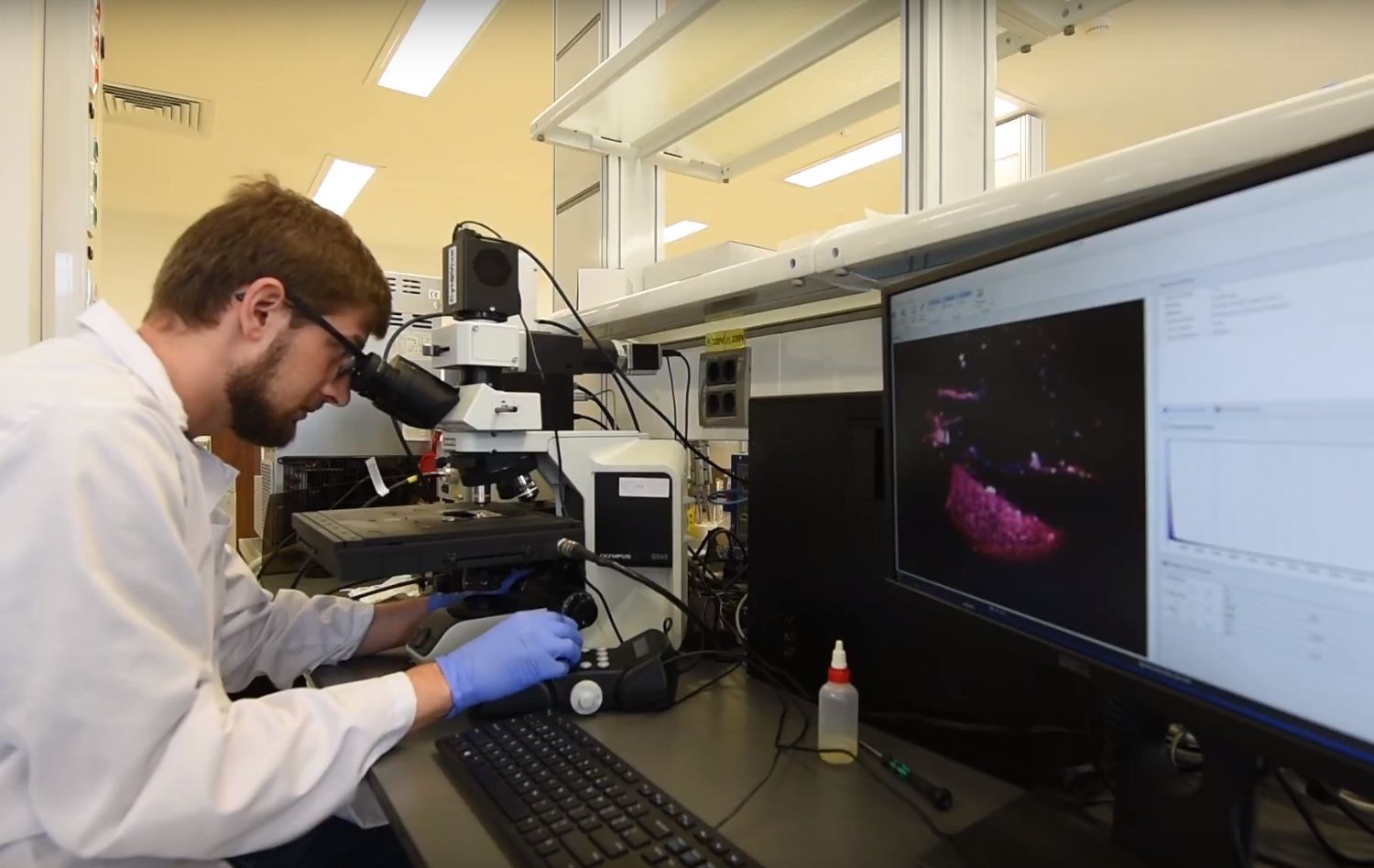
Facility:
The Research Center for Functional Genomic, Biomedicine and Translational Medicine (Genomic Center), the concept of the state-of-art research center, has research laboratories and core facilities able to develop projects related to human diseases, at molecular and cellular level, covering the areas: Nucleic acids extraction – quality and quantity control, Microarray, Next generation sequencing, Proteomics and mass spectrometry, RT-PCR, Cell culture and cell sorting, Flowcytometry, Recombinant DNA, Bioinformatics, Pathology and microscopy, Storage facilities for frozen biological samples.
The Research Center for Advanced Medicine (Medfuture) promotes the development and application of new technologies in the field of molecular and functional imaging, proteomics, metabolomics and advanced experimental medicine for personalized therapies, as well as clinical studies for pharmacogenomics and pharmacoproteomics that will provide new concepts and approaches and will generate the necessary database for the design of specific therapies based on the identification of molecular mechanisms and triggers in the alteration of the genome and the achievement of the specific fenome in different pathologies.
Objectives:
Identification and integration of miRNAs genomic and transcriptomics patterns as exposome biomarkers for predicting the genotoxic risk for healthy individuals together with the identification of different molecular subtypes for these two hormonedependent cancers (breast and prostate) with diagnostic/prognostic value. Therefore, in the context of precision medicine, we intent to characterize specific risk factors for breast and prostate cancers, based on the miRNAs patterns and to correlate them with the environmental exposure, in order to transform this integrated signature in a new panel of markers with clinical application.
Specific objectives:
1.To define a specific miRNAs molecular signature (at genomic and transcriptomics level) related to exposome exposure in breast and prostate two hormone dependent cancers
2.To identify the determinants of the evaluated exposome markers based on the socio-professional and environmental factors evaluated (tobacco and alcohol consumption, dietary habits and other possible sources). Identification of the specific genotoxic signatures, by correlating the environmental factors with molecular alterations, especially related to hormone dependency.
3. To explore the complex mechanisms and therapeutic insights by integration of miRNA patterns related with the prostate and breast hormonal features, based on functional studies using in vitro models.
4.To use the specific molecular signature related to exposome exposure for hormone dependent breast and prostate cancers and establish its modulation by the environmental factors in control groups and cancer patients, and its validation as prototype for a possible prediction diagnostic test. Recently, the ‘exposome’ was incriminated as collateral factor involved in the activation and progression of hormone-dependent cancers.
The project novelty is focused on a better understanding of risk factors that are associated with other alterations at genomic and transcriptomics level, particularly in the case of miRNAs and their targeted genes, leading to the identification of risk biomarkers for the predisposition to cancer, but also for diagnosis and prognostic.
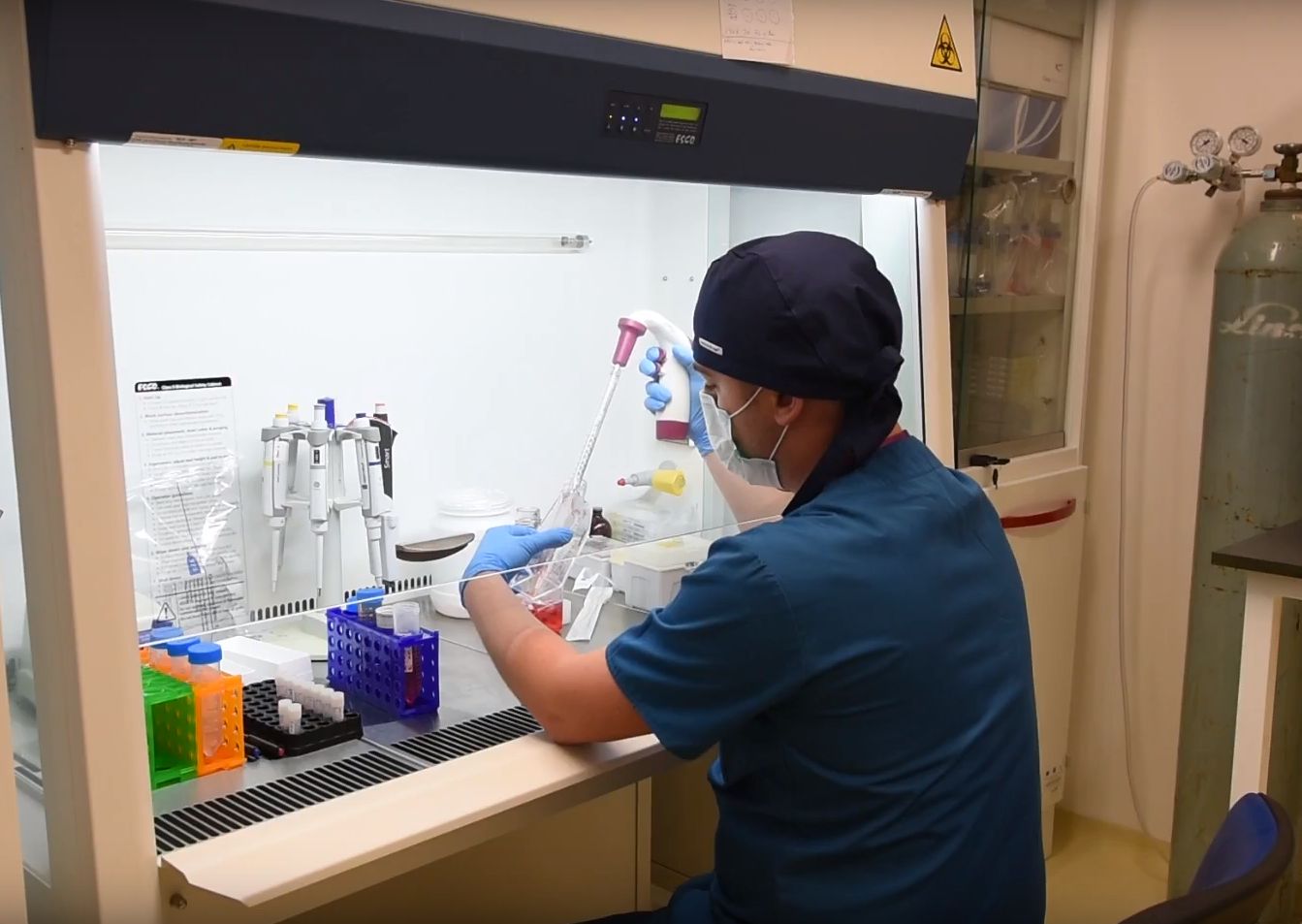
Estimated results:
By developing novel screening tests for early diagnosis of patients with breast and prostate cancer risk and based on the exposome signature, it is possible to develop an optimal and personalized therapeutic plan. All the results obtained will translate into improved genomic exposome related counseling and therapeutic interventions in Romania, providing key tools for additionally refining coherent prevention biomarkers and therapeutic schemes for patients during the timeline of cancer treatment and disease trajectory. The results obtained in the proposed project could help to develop new diagnostic tools and therapeutic models for personalized therapies based on the exposome related miRNAs associated signature for patients with breast and prostate cancers. This will also have an impact on the economic sector. This would imply the development of a new sector for providing all the reagents and devices for these types of evaluation that incorporate the relevant markers for the exposome related miRNAs that can be commercialized by technological or pharmaceutical companies.
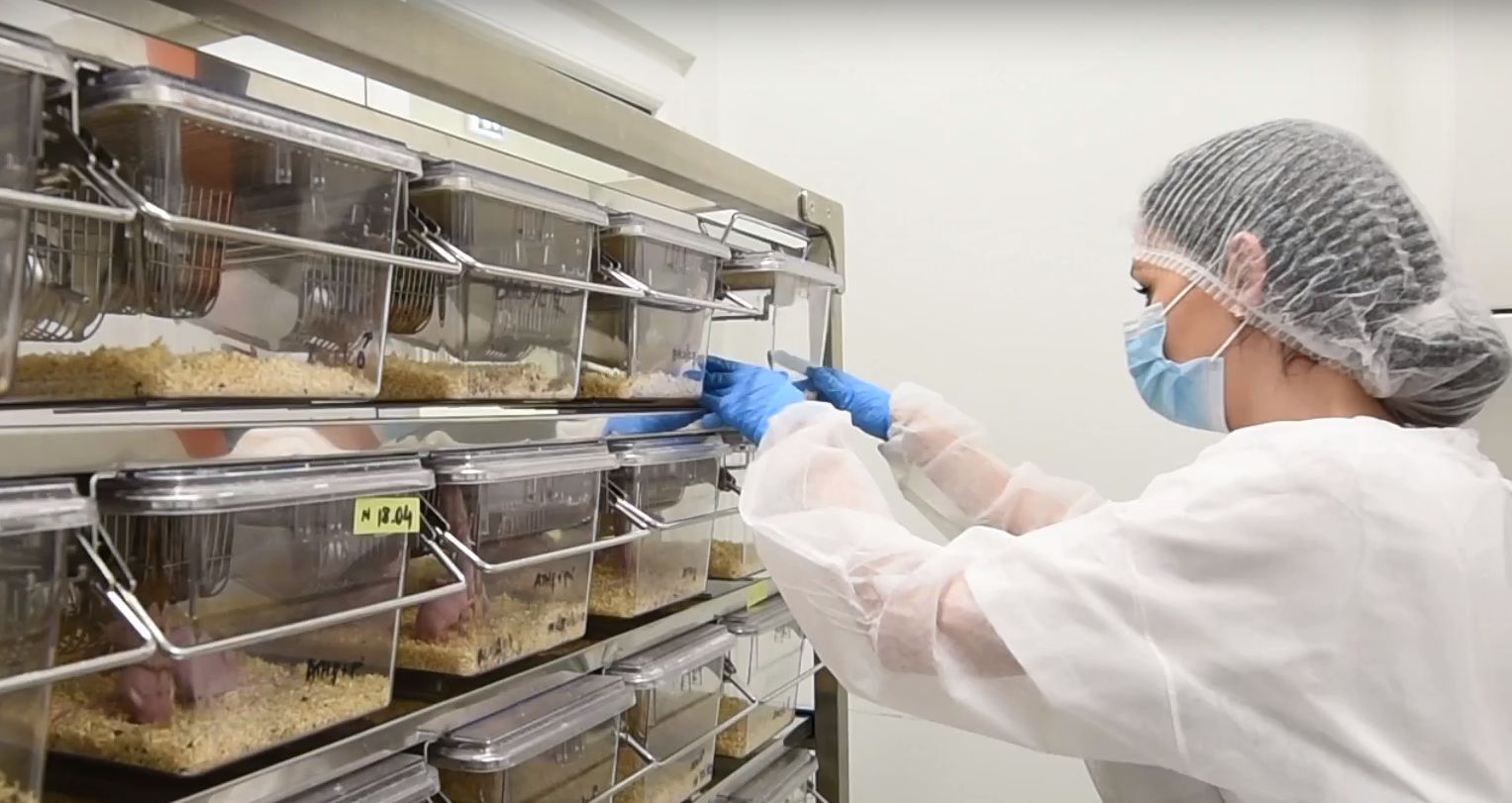
Project results:
Phase I (12.07.2017-30.12.2017):
During the first stage, special attention was paid to the standardization of the methods of processing biological samples, as well as to the protocols to be followed for the qualitative and quantitative evaluation of the RNA extracted from the biological samples.
In order to have access to information about the patients included in the study and their biological samples, each study participant signed an informed consent by which the informed decision was made. Each patient entering the study was secured of his/hers confidentiality, by being asigned an identification code. The processing of personal, clinical and biological data collected was done in accordance with the Directive of the European Union (Dir / 95/46 / EC).
A total of 122 blood samples were collected and processed. The following types of samples were stored in the biobank of our research center:
• whole blood
• leukocyte lysate
• serum and plasma.
The average age of the patients and the healthy donors was 44.58 years (comprising volunteers between 35 and 61 years old). From this group, 97 were men (mean age 46.38 years) and 25 were women (mean age 43.96 years). The selected clinical cases did not have significant changes in blood profile, chronic diseases or infectious diseases.
A specific molecular signature could be identified, which would subsequently be validated on a new cohort of patients and would allow new correlations with environmental factors and clinical data. A first stage of quality control in the case of gene expression analysis is represented by the PCA ("principal component analysis") analysis, which shows a clear separation of the normal tissue versus tumor tissue samples, currently in the biobank.
Phase II (31.12.2017-31.12.2018):
From the analysis of triple negative breast cancer tissue, it was observed that there are three down-regulated microRNAs and 9 up-regulated microRNAs. Five microRNAs were identified in the double positive breast cancer sample group. Four of the altered miRNAs (miR-10a, miR-125b, miR-210 and miR-489) were common for both groups. The miR-17-92 cluster (miR-17, miR-20a, miR-20b and miR-93), together with miR-130, miR-22, miR-29a and miR-29c showed different expression levels between the triple negative breast cancer versus double positive breast cancer.
A panel of five transcripts (miR-10a, miR-125, miR-193b, miR-200b and miR-489) was validated in the new set of plasma samples. The overlap of TCGA and plasma data revealed that miR-200b, miR-200c, miR-210 and miR-29c confirmed the differential expression between the two subtypes of breast cancer in tumor tissue and plasma samples.
MiR-200b was validated on additional samples of normal tissue and tumor tissue. The expression level of this transcript from the TCGA data was correlated with the lung and bone metastatic genes.
MiR-200b has great potential for future advances in the diagnostic / prognostic and therapeutic approach of triple negative breast cancer, along with other coding or non-coding RNAs. However, this needs to be further integrated into a regulatory network that works together with other markers that affect patients' prognosis or response to therapy.
Phase III (01.01.2019-în desfășurare)
The effects of heavy metals, more specifically Arsenic (As) and Cadmium (Cd) on the installation of breast and prostate cancer have been evaluated and integrated into a coherent conclusion, following the analysis of the literature and epidemiological data. It was concluded that:
• Cd is a carcinogen stronger than As, due to its large accumulation in the human body
• Chronic As / Cd exposure leads to malignant transformation of mammary epithelial cells and prostate epithelial cells
• As / Cd-induced tumors are usually hormone-independent and have a large population of cancer stem cells
• Chronic Cd / As exposure results in the regulation of BCL-2, MMP-2, MMP-9, VIM, MELC.
During this step, the in vitro modulation of the effects of heavy metals was also performed, as an integral part of the exposome on normal breast cells.
We exposed the fR2 cell line to 1 μM of As and Cd for a month and a half. In fR2 control cells, IC50 for As and Cd decreased over 72h exposure time. In As_fR2, the IC50 values for As increased during the 72h of experiment, while for Cd they remained the same.For Cd_fR2 cells, IC50 values for Cd and As increased during 72h of experiment. In dark field microscopy, for fR2_As and fR2_Cd, the cells were enlarged and formed filopodia.
In fluorescence confocal microscopy images, cells showed changes in cytoskeleton architecture and mitochondrial agglomeration. In the case of the scratch test, the wound was closed faster than in the case of Cd_fR2.
Both elements determine the formation of filopodia in cells and morphological changes. Cd increases the invasion capacity of fR2 cells and, affects the acquisition of the malignant phenotype of fR2 cells.
List of publications:
1. Genetic alterations in sporadic triple negative breast cancer. Pop LA, Cojocneanu-Petric RM, Pileczki V, Morar-Bolba G, Irimie A, Lazar V, Lombardo C, Paradiso A, Berindan-Neagoe I., Breast. 2018 Apr;38:30-38. doi: 10.1016/j.breast.2017.11.006. Epub 2017 Dec 5.
2. Restoring the p53 'Guardian' Phenotype in p53-Deficient Tumor Cells with CRISPR/Cas9.,Chira S, Gulei D, Hajitou A, Berindan-Neagoe I., Trends Biotechnol. 2018 Jul;36(7):653-660. doi: 10.1016/j.tibtech.2018.01.014. Epub 2018 Feb 22. Review.
3. The silent healer: miR-205-5p up-regulation inhibits epithelial to mesenchymal transition in colon cancer cells by indirectly up-regulating E-cadherin expression. Gulei D, Magdo L, Jurj A, Raduly L, Cojocneanu-Petric R, Moldovan A, Moldovan C, Florea A, Pasca S, Pop LA, Moisoiu V, Budisan L, Pop-Bica C, Ciocan C, Buiga R, Muresan MS, Stiufiuc R, Ionescu C, Berindan-Neagoe I., Cell Death Dis. 2018 Jan 19;9(2):66. doi: 10.1038/s41419-017-0102-8.
4. Irimie AI, Braicu C, Cojocneanu R, Magdo L, Onaciu A, Ciocan C, et al. Differential Effect of Smoking on Gene Expression in Head and Neck Cancer Patients. Int J Environ Res Public Health. 2018;15(7):1558.
- https://www.ncbi.nlm.nih.gov/pubmed/30041465
5. Braicu C, Raduly L, Morar-Bolba G, Cojocneanu R, Jurj A, Pop L-A, et al. Aberrant miRNAs expressed in HER-2 negative breast cancers patient. Journal of experimental & clinical cancer research : CR. 2018;37(1):257-.
- https://www.ncbi.nlm.nih.gov/pubmed/30342533
6. Moisoiu V, Stefancu A, Gulei D, Boitor R, Magdo L, Raduly L, et al. SERS-based differential diagnosis between multiple solid malignancies: breast, colorectal, lung, ovarian and oral cancer. Int J Nanomedicine. 2019;14:6165-78.
- https://www.ncbi.nlm.nih.gov/pubmed/31447558
7. Groza M, Zimta AA, Irimie A, Achimas-Cadariu P, Cenariu D, Stanta G, et al. Recent advancements in the study of breast cancer exosomes as mediators of intratumoral communication. Journal of cellular physiology. 2019.
- https://www.ncbi.nlm.nih.gov/pubmed/31328284
8. Zimta A-A, Schitcu V, Gurzau E, Stavaru C, Manda G, Szedlacsek S, et al. Biological and molecular modifications induced by cadmium and arsenic during breast and prostate cancer development. Environmental research. 2019;178:108700.
- https://www.ncbi.nlm.nih.gov/pubmed/31520827



